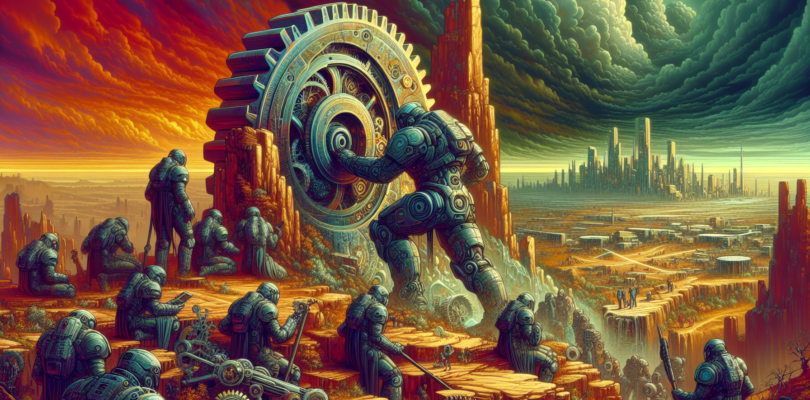Introduction to Gears of War
The Gears of War series, developed by Epic Games and later managed by The Coalition, is a renowned third-person shooter franchise, first launched in 2006 on the Xbox 360. Celebrated for its rich narrative, intense gameplay, and pioneering cover system, it has become a staple in video game libraries around the world. This comprehensive guide explores the evolution of the series, its gameplay mechanics, storyline, major characters, and the impact it has had on gaming culture.
The Evolution of Gears of War Games
The franchise began with the original Gears of War, which set a precedent for graphical fidelity and multiplayer experiences on consoles. Subsequent releases, Gears of War 2 (2008), Gears of War 3 (2011), and Gears of War 4 (2016), continued to build on the success of their predecessors by introducing new story arcs, characters, and gameplay improvements.
Gears of War: Judgment, released in 2013, took a slight detour by focusing on characters Damon Baird and Augustus Cole during events prior to the original trilogy. The latest in the series, Gears 5 (2019), pushed the series forward by focusing on Kait Diaz, offering a fresh perspective and a deeper look into the Locust Horde’s origins.
Main Gameplay Features
Gears of War is primarily an over-the-shoulder shooter that emphasizes the use of cover and squad tactics. The cover system, which allows players to hide behind objects to avoid enemy fire and strategically plan their attacks, became one of its most influential features, setting a benchmark for future shooters.
The series is known for its weaponry, notably the Lancer Assault Rifle equipped with a chainsaw bayonet, allowing players to engage in visceral close-quarters combat. Multiplayer modes also play a large part, with various cooperative and competitive options that have evolved over the years to include more features and better balance.
Cooperative Play
From the outset, Gears of War emphasized cooperative gameplay, with two players able to tackle the main campaign together, either locally or online. This aspect was expanded in later games to include four-player co-op, thereby increasing the strategic depth and replayability.
Competitive Multiplayer
The series also boasts a robust competitive multiplayer experience. From classic deathmatch modes to unique offerings like Horde Mode—an innovative survival mode where players fend off waves of enemies—it caters to a wide range of styles and preferences.
Storyline and Characters
The Gears of War series’ narrative depth is one of its strongest points. The original trilogy centers on Marcus Fenix, a soldier fighting in a desperate war against the monstrous Locust Horde to prevent humanity’s annihilation on the planet Sera. Additional narratives, like those found in Gears of War: Judgment and Gears 5, expand the universe further, exploring different dimensions of the conflict and its characters.
Prominent characters such as Dominic Santiago, Anya Stroud, and the newer protagonist, Kait Diaz, contribute significantly to the emotional depth and personal stakes of the storyline, making the brutal combat scenes all the more compelling.
Legacy and Impact on Gaming
Gears of War has had a profound impact on the gaming industry. Its cover system has been adopted and adapted by numerous other games. Additionally, it helped cement Unreal Engine’s reputation as a versatile development tool capable of creating high-quality visual and gameplay experiences. Moreover, its approach to storytelling and character development has been praised for elevating narrative within the action genre.
Final Thoughts
With its blend of gripping storytelling, innovative gameplay, and ground-breaking technical achievements, the Gears of War series remains a key player in shaping modern gaming trends. It stands not only as a collection of games but as a landmark multimedia franchise that includes books, toys, and a forthcoming Netflix adaptation, continuing to expand its robust universe and enduring legacy.





